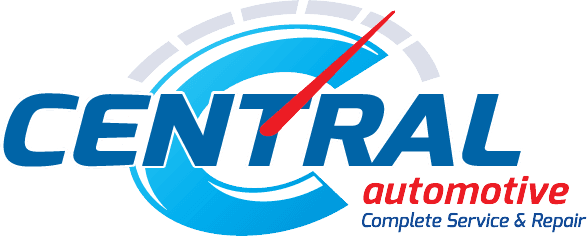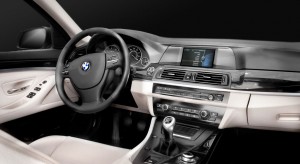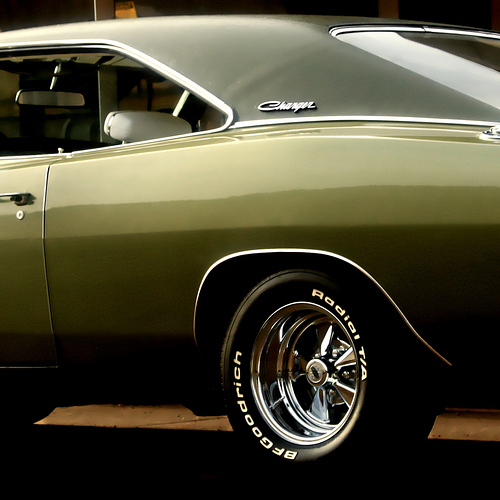Richard Petty once told AutoNetTV, “You’ve gotta have good brakes. If you’ve got good brakes you can keep yourself out of a lotta trouble.”
This is why it’s so important for Kent drivers to get a regular brake inspection. An inspection at Central Avenue Automotive will ensure your brake system is operating optimally and prevent big trouble later.
Of course, if you’re having issues with your brakes, get your car into the shop right away. Keep an eye on your car and bring it in if you experience any of the following:
- Low or spongy brake pedal
- Constant squealing or grinding from your brakes
- A brake warning light that stays on
- Hard brake pedal
- Vibrations or clunking sounds when you apply your brakes
If you are experiencing any of these issues, you really need to have your brakes checked.

There are two types of brakes: disc and drum. Disc brakes have a rotor that’s attached to the axle. Calipers straddle the rotor, similar to the way brakes on a bicycle work. Drum brakes are more common on back wheels.
Both types have pads or shoes that press against the brakes and slow the vehicle down. Brake pads and shoes are made out of very tough material to withstand the heat and force generated when stopping your car, even repeatedly over time. Eventually, they wear out and become too thin, which is when they need to be replaced.
If the brake pads wear away completely, it can cause severe damage when calipers grind grooves into the rotor. Then the rotor must either be resurfaced or replaced. This is dangerous because your vehicle won’t stop as quickly, and it can be expensive to repair. Additionally, sometimes rotors warp or crack and must be replaced.
Brake repair or service will also include a brake fluid check. When brakes are pressed, the pressure in the fluid actives the brake pads or shoes. Not enough fluid means not enough pressure to brake properly. Also, in damp environments, water builds up in the brake fluid over time, which leads to corrosion, leaks, and brake damage. With hard use, the brakes could severely fade or even fail. When you bring your car in, make sure a fluids check is always included in your service. Your technician should be able to tell you when it will need replacing.
Brake pads come in different grades: good, better, and best. Higher grades cost more, but give better braking performance and smoother operation. It’s okay to upgrade your brake pads, but you should never use a grade that’s lower than what the manufacturer recommends.
So, be sure to properly maintain your brakes, because it’s a lot cheaper than paying the body shop after an accident.
Come in to Central Avenue Automotive for an brake inspection before damage occurs. You can fill out our online form or call ahead for an appointment at 253.854.6762.
Photo Credit: Robert S. Donovan via Compfight cc












